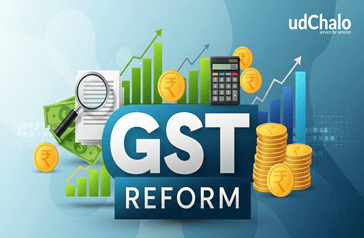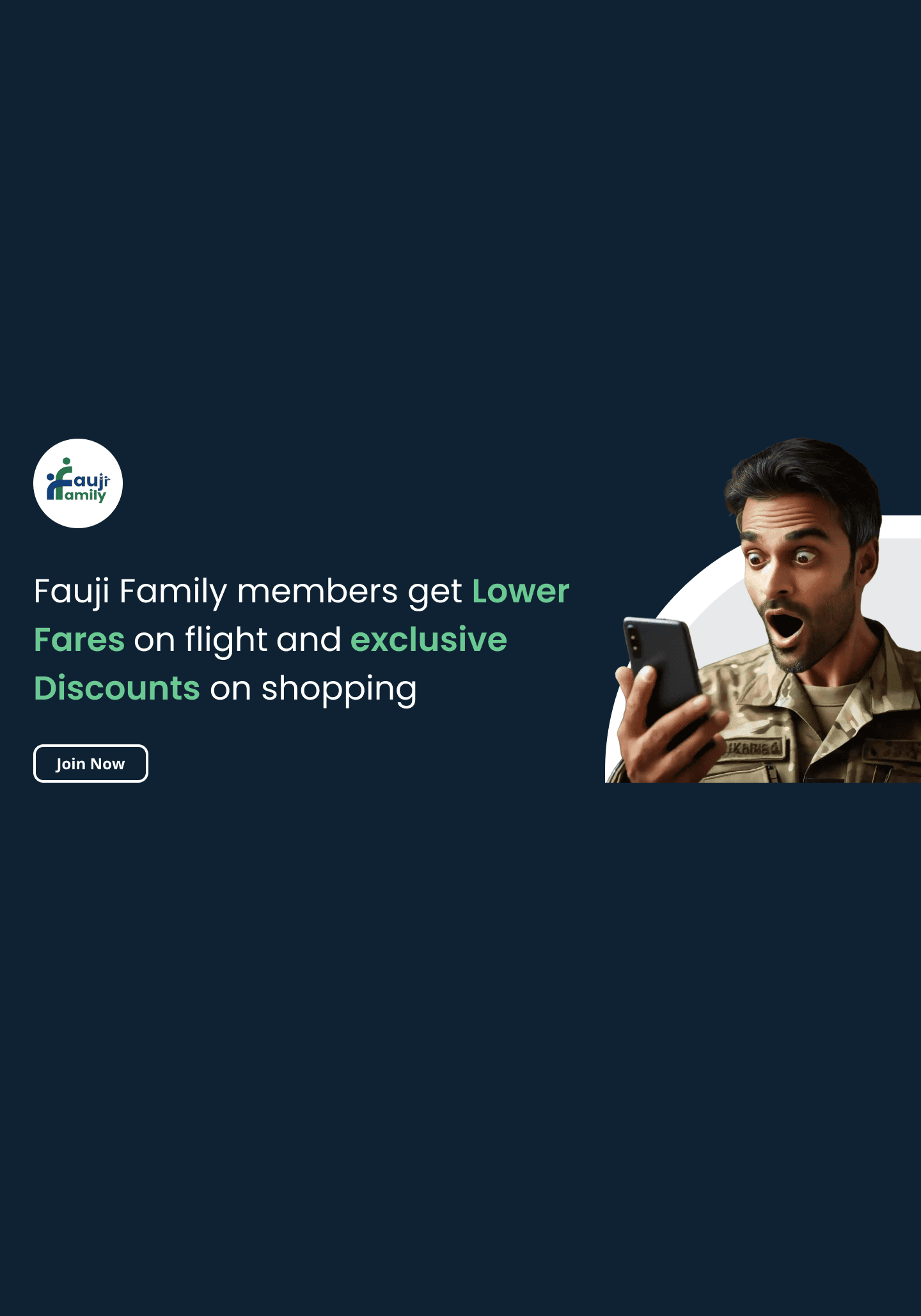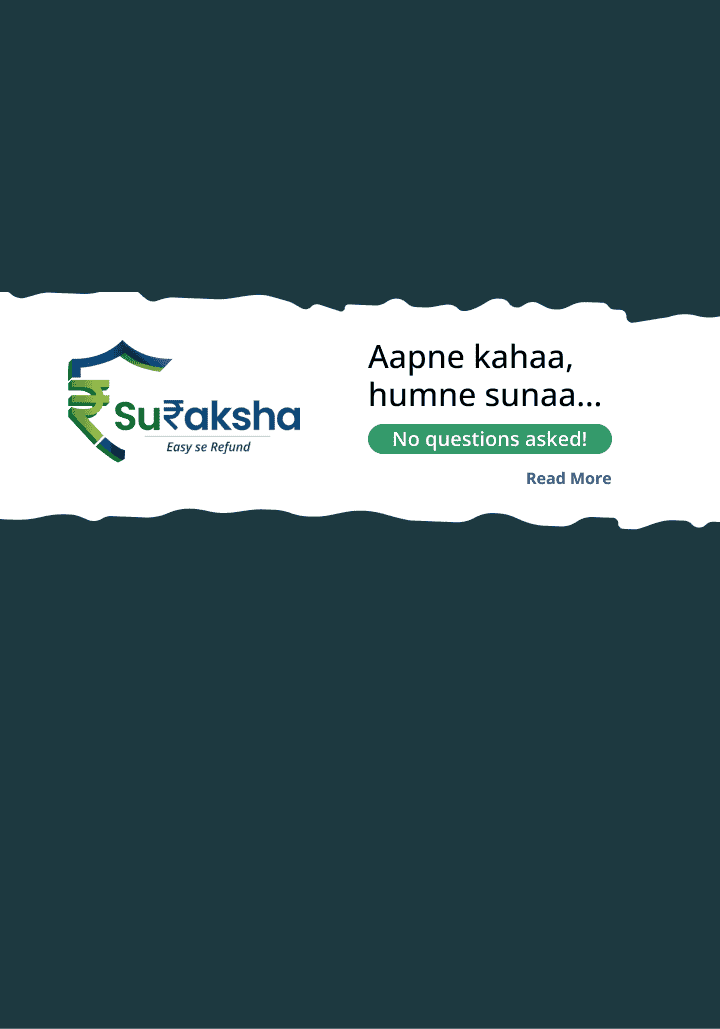9 Key Changes in ITR-1 to ITR-4 for FY 2024-25 (AY 2025-26)
Key Highlights
- LTCG up to ₹1.25 lakh now allowed in ITR-1 and ITR-4.
- New tax regime is set as default unless opted out.
- Capital gains must be separately reported pre- and post-31 July 2024.
- Interest on tax refund must be reported under ‘Income from Other Sources’.
- Filing deadline extended to 15 September 2025 for non-audit taxpayers.
Income tax filing in India is continuously evolving to ensure simplicity, accuracy, and compliance with updated financial laws. For the Assessment Year (AY) 2025–26, which corresponds to the Financial Year (FY) 2024–25, the Income Tax Department has rolled out several key changes across the ITR-1 to ITR-4 forms.
Here’s an in-depth look at each update and what it means for you:
- Inclusion of LTCG up to ₹1.25 Lakh in ITR-1 and ITR-4
Earlier, taxpayers earning long-term capital gains (LTCG), even in small amounts, were required to switch to more complex forms like ITR-2 or ITR-3. For FY 2024–25, salaried individuals and small business owners can now declare LTCG of up to ₹1.25 lakh directly in the simplified ITR-1 and ITR-4 forms.
What does this mean for you?
If you have earned LTCG—say, from the sale of equity shares or mutual funds—and your total gains for the year don’t exceed ₹1.25 lakh, you no longer need to file a more complicated return. This change is especially beneficial for small investors who want to avoid unnecessary paperwork while staying fully compliant.
- Default Tax Regime Set to New Regime
The new tax regime is now the default option for all taxpayers unless they specifically choose to opt for the old tax regime. This move streamlines the filing process by encouraging more people to adopt the new system, which offers lower tax rates without deductions and exemptions.
What should you do?
If you still prefer the old regime because you claim deductions under sections like 80C, 80D, or have home loan interest benefits under section 24(b), you must opt out of the default new regime while filing your return. This selection must be made clearly in your ITR form.
- Separate Reporting of Capital Gains in ITR-2 and ITR-3
Taxpayers using ITR-2 or ITR-3 must now report capital gains separately for transactions conducted before and after 31 July 2024. This change is introduced to track specific periods and account for rule changes that might impact the calculation of gains differently within the same financial year.
Why does this matter?
Split reporting enhances clarity and ensures that any rule amendments or tax treatments introduced mid-year are properly tracked. It also helps the Income Tax Department cross-verify your income with broker records and ensure proper tax treatment of gains.
- Enhanced Disclosure for RNOR in ITR-2
Individuals who qualify as Resident but Not Ordinarily Resident (RNOR) are now required to provide additional disclosures, such as the number of days stayed in India during the previous financial year. This helps determine their exact residential status more accurately.
Who qualifies as RNOR?
You are considered an RNOR if you are a resident in India for the year but have either:
- been a non-resident in 9 out of the last 10 years, or
- stayed in India for less than 729 days during the last 7 years.
These new disclosures help establish tax liability more clearly, especially if you earn income from foreign sources.
- Reporting of Interest on Tax Refunds in ITR-2
Taxpayers must now separately report interest received on income tax refunds under the head ‘Income from Other Sources’. Earlier, this interest was often overlooked or inaccurately reported, leading to discrepancies and notices from the department.
How does this affect you?
If you received an income tax refund in the previous year, and it included any interest (as per section 244A), you are required to include it explicitly. This interest is fully taxable and must be added to your total income before calculating tax liability.
- Buyback Proceeds Reporting in ITR-2 and ITR-3
Starting from 1 October 2024, proceeds from buyback of shares must be reported as follows:
- Under the capital gains schedule, they must be recorded with ‘Nil’ consideration, and
- The actual income from buyback must be declared under ‘Income from Other Sources’.
Why is this required?
The tax on buybacks of listed shares is now payable by the company and not the shareholder. However, shareholders must still disclose these transactions to ensure completeness of reporting and to avoid mismatch notices during processing.
- Excel Utilities Released for ITR-1 and ITR-4
To make return filing more user-friendly, the Income Tax Department has released updated Excel-based utilities for ITR-1 and ITR-4. These tools come with built-in validation, pre-filled data import options, and improved guidance to help taxpayers complete their return accurately.
Who can benefit from these?
Salaried individuals, pensioners, and small business owners who are eligible for ITR-1 or ITR-4 can now fill out their forms offline using Excel and upload them to the portal with ease. This is particularly useful for those with poor internet connectivity or a preference for desktop filing.
- Extended Filing Deadline
The deadline for filing Income Tax Returns for non-audit cases has been extended to 15 September 2025 from the usual 31 July deadline. This gives taxpayers additional time to gather documents, verify TDS details, and ensure accurate filing without the pressure of a tight timeline.
Who gets the benefit?
This extension applies to individuals and small businesses that do not require a tax audit. However, taxpayers are still encouraged to file early to avoid last-minute issues or interest on delayed payments.
- Simplified ITR Forms for Small Taxpayers
The ITR-1 and ITR-4 forms have been made more inclusive by allowing individuals with small amounts of capital gains (up to ₹1.25 lakh) to use these simpler forms. Earlier, any capital gains meant you had to switch to more detailed forms like ITR-2.
Why is this important?
This move significantly reduces the burden on salaried taxpayers and small businesses who occasionally invest in the stock market or mutual funds but do not have complex tax situations. It promotes wider compliance by offering convenience.
Comparison Table: Key Features of ITR Forms
| Feature | ITR-1 (Sahaj) | ITR-2 | ITR-3 | ITR-4 (Sugam) |
|---|---|---|---|---|
Salary Income | ✔ | ✔ | ✔ | ✔ |
House Property Income | One Property | Multiple Properties | Multiple Properties | One Property |
Business/Profession Income | ✘ | ✘ | ✔ | ✔ (Presumptive Only) |
Capital Gains | LTCG ≤ ₹1.25 Lakh | ✔ | ✔ | LTCG ≤ ₹1.25 Lakh |
RNOR Disclosures | ✘ | ✔ | ✔ | ✘ |
Buyback Reporting | ✘ | ✔ | ✔ | ✘ |
Tax Regime Default | New Regime | New Regime | New Regime | New Regime |
Tax Filing Made Easy with udChalo’s CA-Assisted Services
If you are part of India’s defence community, tax filing can be even easier with udChalo’s CA-assisted income tax return filing services. These services are designed to meet the unique needs of armed forces personnel and their families.
Key Features:
- ✔ CA-verified filings for precision and compliance
- ✔ Hassle-free online filing experience
- ✔ Support for both new and old tax regimes
- ✔ Dedicated support for capital gains, HRA, and more
- ✔ 100% secure and confidential processing
To book your CA-assisted tax filing service with udChalo, visit.
Be Prepared, File Smartly
Tax filing is more than just a compliance exercise—it’s a financial responsibility that affects your savings, investments, and future planning. The new changes in ITR forms for AY 2025–26 offer greater convenience and inclusivity, especially for salaried individuals, small business owners, and first-time investors.
Whether you are a salaried taxpayer or a small business owner, understanding these updates will help you file correctly, avoid penalties, and make the most of tax-saving opportunities. And if you belong to the armed forces, udChalo’s expert CA assistance ensures your filings are handled with precision and care.
Don't wait till the last minute—get organised, choose the correct ITR form, and file early to enjoy a stress-free tax season.
FAQs
- What is the major change in ITR-1 and ITR-4 for FY 2024–25?
LTCG up to ₹1.25 lakh can now be reported directly in ITR-1 and ITR-4, simplifying return filing for small investors, including those filing ITR for defence personnel, ITR for jawans, and families of armed forces members. - Has the default tax regime changed this year?
Yes, the new tax regime is now the default. Taxpayers must opt out in the form if they wish to continue with the old regime. This update applies to everyone — including those filing ITR for army, ITR for air force, ITR for navy, and ITR for jawans serving in various capacities. - What is the extended due date for filing ITR for FY 2024–25?
The last date to file ITR for defence, including ITR for jawans and non-audit taxpayers, has been extended to 15 September 2025. - Do I need to report interest received on income tax refunds?
Yes, interest on tax refunds must be declared under ‘Income from Other Sources’ in ITR-2 and ITR-3. This is mandatory across categories — whether you are filing ITR for navy officers, air force personnel, or ITR for jawans. - What does 'separate reporting of capital gains before and after 31 July' mean?
Capital gains must be reported based on whether the transaction occurred before or after 31 July 2024. This is especially important for those filing ITR for defence personnel or ITR for jawans with mutual fund or equity investments. - Who qualifies as RNOR and what new disclosures are required?
RNORs must disclose their days of stay in India and provide additional details to determine accurate residential status and taxability. This rule also applies to veterans or retirees filing ITR for air force or ITR for defence after overseas postings. - How should I report income from the buyback of shares in the ITR?
From 1 October 2024, such income should be reported with ‘nil consideration’ under capital gains, and the income under ‘Other Sources’. This includes anyone filing ITR for army, navy, or even ITR for jawans with capital market exposure. - Can I still use ITR-1 if I have capital gains from stocks or mutual funds?
Yes, if your LTCG is up to ₹1.25 lakh, you can now use ITR-1 or ITR-4 depending on your total income profile. This is especially helpful for simple returns like ITR for jawans or junior defence staff. - What new utilities are available for ITR filing?
Excel-based offline utilities with built-in validation checks are now available for ITR-1 and ITR-4. These tools streamline the process for ITR for jawans, ITR for defence, and all other uniformed service members. - How can defence personnel simplify their tax filing?
They can use udChalo’s CA-assisted tax filing service, designed specifically to simplify ITR for jawans, ITR for army personnel, ITR for navy families, and ITR for air force veterans, offering end-to-end assistance.
Related Articles

The Next-Gen GST Reform 2025 brings significant tax relief across essentials, healthcare, farming, education, automobiles, and electronics. Here’s a complete breakdown of what’s cheaper and how it supports soldiers, veterans, and families.

This Navratri and Diwali, India celebrates with savings thanks to the Next-Gen GST Reform 2025. Electronics, cars, and real estate are now more affordable, benefiting both civilian and defence families.

Timely filing of your return isn’t just about avoiding penalties. It can also help you earn more through interest on your tax refund. Here’s why the 15 September 2025 deadline is critical for boosting your refund.
Related Post

The Next-Gen GST Reform 2025 brings significant tax relief across essentials, healthcare, farming, education, automobiles, and electronics. Here’s a complete breakdown of what’s cheaper and how it supports soldiers, veterans, and families.

This Navratri and Diwali, India celebrates with savings thanks to the Next-Gen GST Reform 2025. Electronics, cars, and real estate are now more affordable, benefiting both civilian and defence families.

Timely filing of your return isn’t just about avoiding penalties. It can also help you earn more through interest on your tax refund. Here’s why the 15 September 2025 deadline is critical for boosting your refund.








